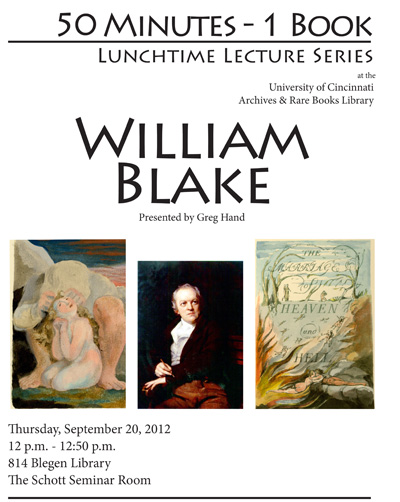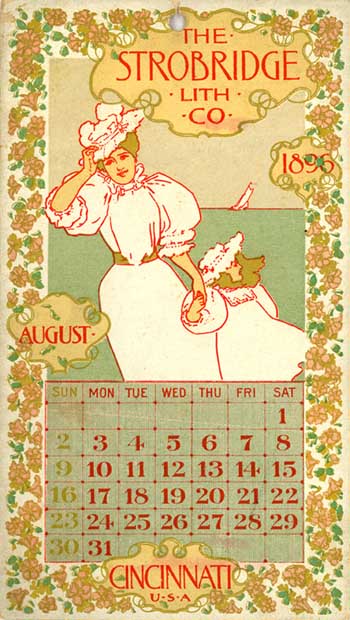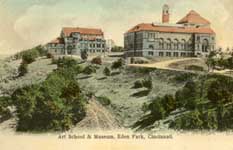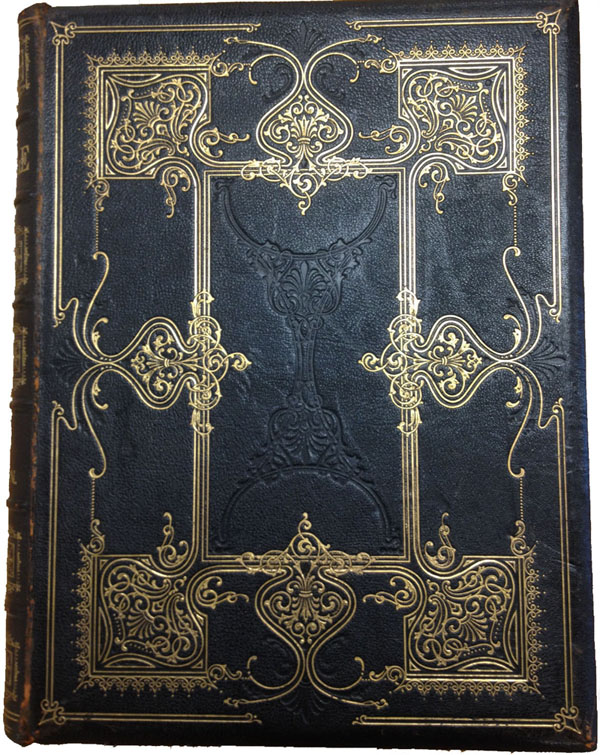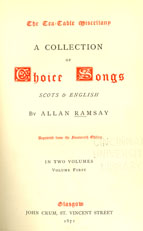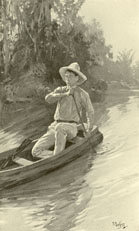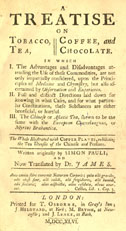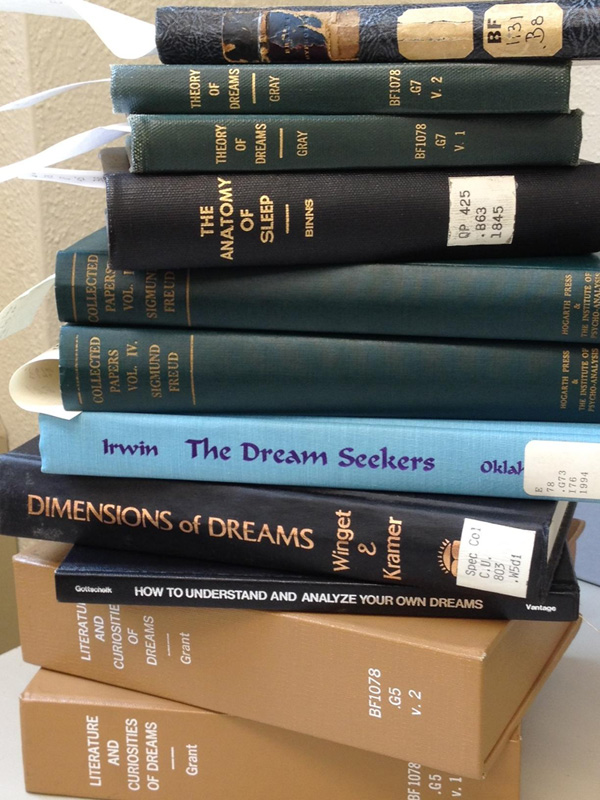By: Kevin Grace
On Tuesday, November 20, the Archives & Rare Books Library will present the second in its series of lunchtime talks for this academic year. The book to be presented is George Moerlein’s A Trip Around the World. Moerlein, the son of 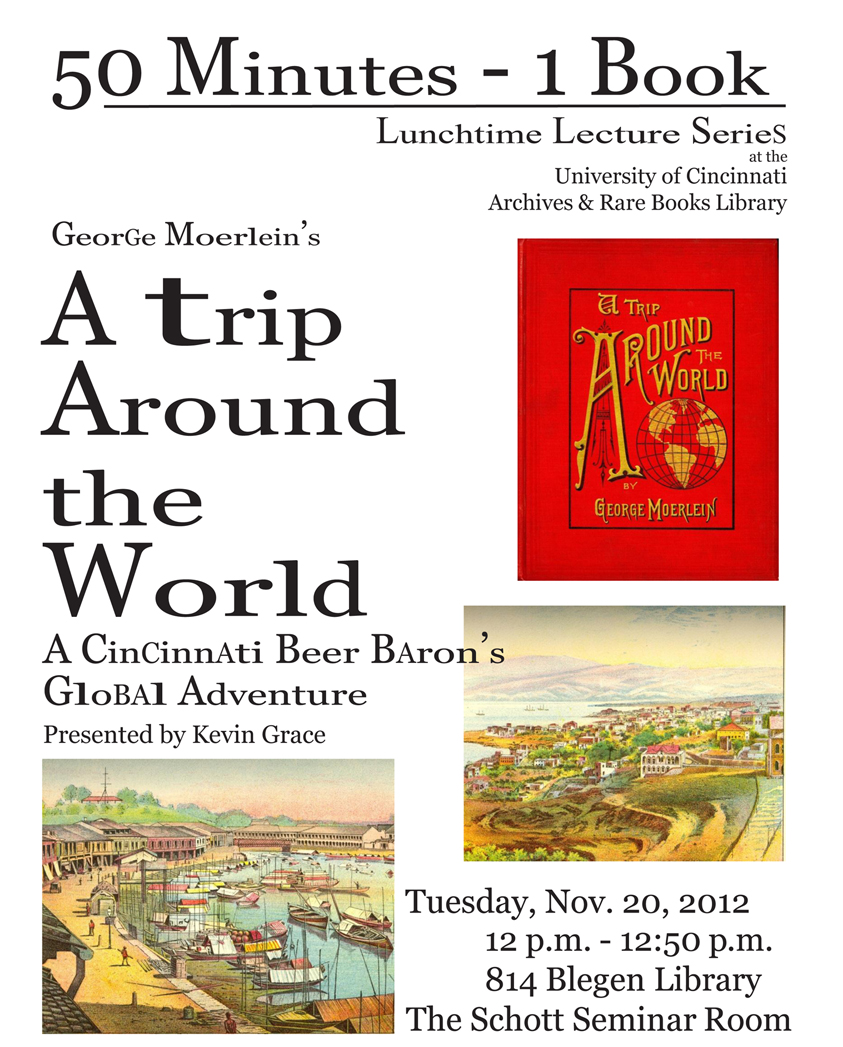 Cincinnati beer baron Christian Moerlein, undertook a global journey in 1885 and chronicled his adventures the next year with the publication of this volume.
Cincinnati beer baron Christian Moerlein, undertook a global journey in 1885 and chronicled his adventures the next year with the publication of this volume.
Printed and designed locally, and heavily illustrated, Moerlein’s travel account was published in both German and English, the better to use as a marketing tool for Cincinnati’s beer-drinking population. In fact, the end paper of the volume was a color lithograph of the Moerlein Brewery on Elm Street in Over-the-Rhine, a copy of which now decorates the entrance in the Moerlein Lager House brewery and restaurant on Cincinnati’s river bank. Continue reading

